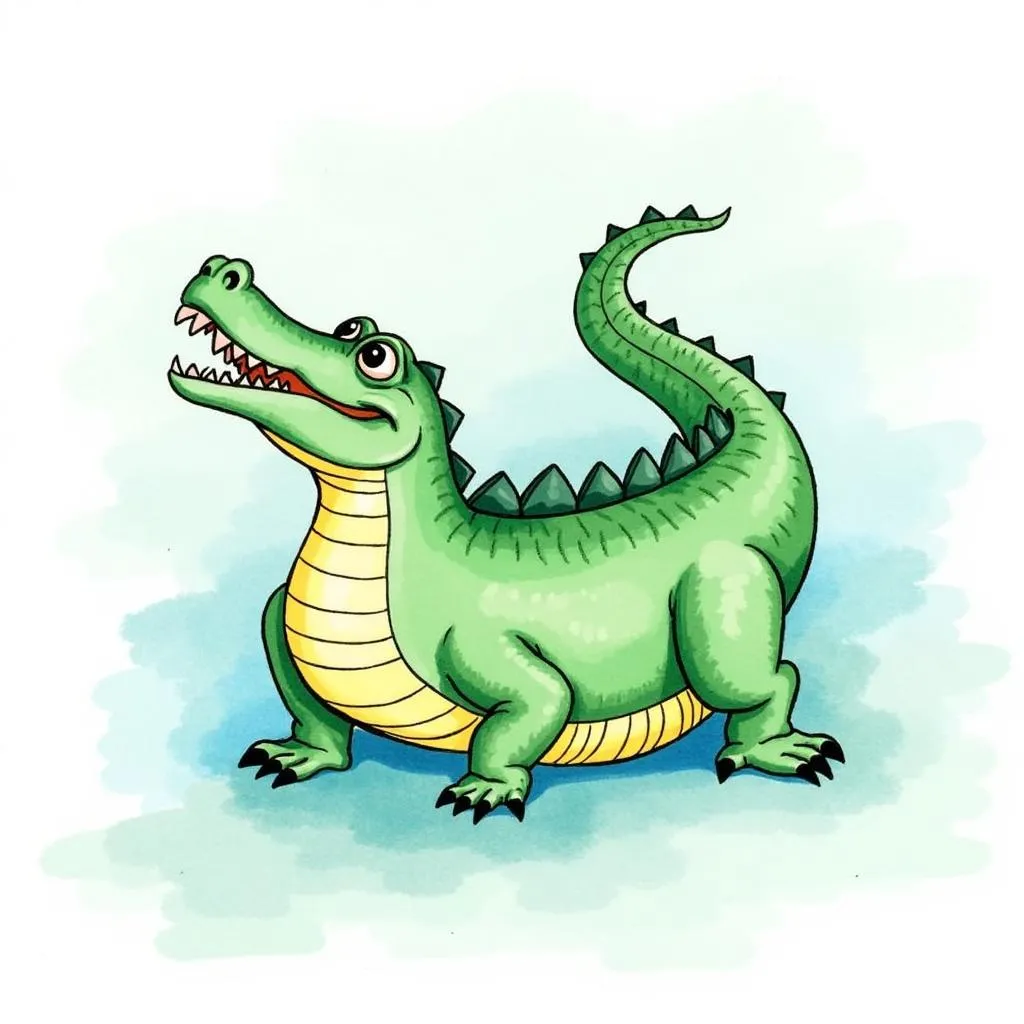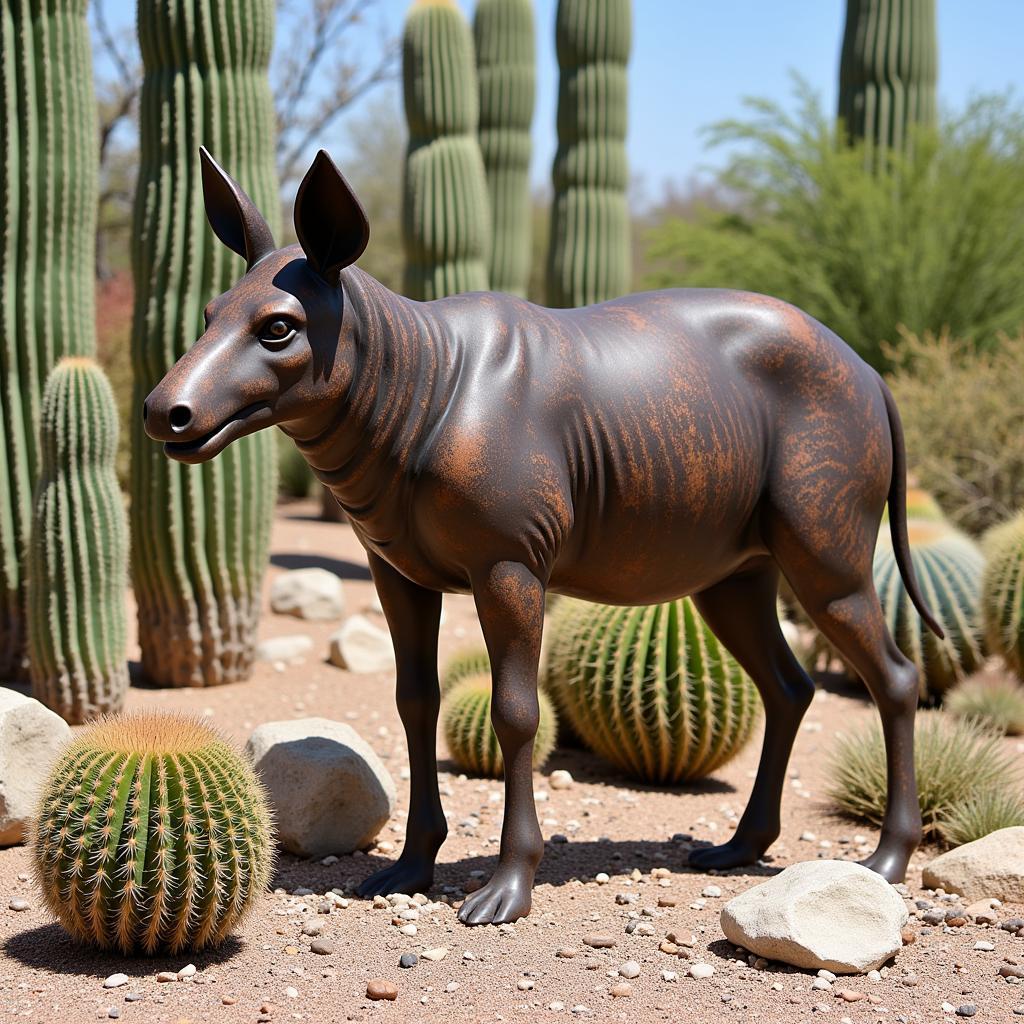Unveiling the Timeless Beauty of Classic Art Portraits
Classic Art Portraits have captivated audiences for centuries, showcasing not just a likeness but also the essence of a person’s character, social standing, and the artistic spirit of the era. From the Renaissance masters to the Impressionist revolutionaries, these portraits offer a window into the past, revealing stories of individuals and societies long gone. But their influence extends beyond history books and museum walls. Today, classic art portraits continue to inspire contemporary artists and art lovers, shaping our understanding of beauty, identity, and artistic expression.
Exploring the History of Classic Art Portraits
The journey of classic art portraits begins in ancient civilizations, where depictions of rulers and deities served as symbols of power and reverence. However, it was during the Renaissance that portraiture truly blossomed. Artists like Leonardo da Vinci and Raphael perfected techniques like sfumato and chiaroscuro, creating lifelike representations that captured the inner world of their subjects. This period saw the rise of humanist ideals, emphasizing the individual and their unique qualities, a theme reflected in the portraits of the time.
The Baroque era brought a new sense of drama and dynamism to classic art portraits. Artists like Rembrandt and Caravaggio used dramatic lighting and intense emotions to convey the psychological depth of their subjects. Think of Rembrandt’s self-portraits, a testament to his exploration of the human condition.
The Evolution of Styles in Classic Art Portraits
The 18th and 19th centuries saw a shift towards realism and naturalism in classic art portraits. Artists sought to capture the world as it was, without idealization or embellishment. Impressionism, with its focus on light and color, further revolutionized portraiture. Artists like Monet and Renoir captured fleeting moments and subjective experiences, adding a new dimension to the genre. Their portraits were not merely representations of people, but also explorations of light, color, and atmosphere.
What are the Key Characteristics of Classic Art Portraits?
Classic art portraits are recognized for their meticulous detail, masterful use of light and shadow, and the ability to convey a sense of depth and dimension. They often reflect the social and cultural context of the time, providing insights into fashion, hairstyles, and social customs. Whether it’s a formal royal portrait or an intimate study of a loved one, classic art portraits offer a glimpse into the human experience across time.
How to Appreciate Classic Art Portraits
Appreciating classic art portraits goes beyond simply admiring their beauty. It involves understanding the historical context, the artist’s technique, and the symbolic meaning embedded within the artwork. Look closely at the composition, the use of color, and the artist’s brushstrokes. Research the subject of the portrait and the time period in which it was created. By delving deeper, you can uncover the hidden stories and meanings that make these works so compelling. For art lovers, exploring classical art portraits offers an enriching journey through art history.
What is the Significance of Classic Art Portraits Today?
Even in the digital age, classic art portraits hold immense significance. They provide a visual record of our shared history, preserving the faces and stories of those who came before us. They also serve as a source of inspiration for contemporary artists, who continue to explore the possibilities of portraiture in new and innovative ways. You can find inspiration for different styles of wall art, such as dodger stadium wall art or even mlb art for sports enthusiasts.
“Classic portraits are not simply images of the past; they are conversations with the past, inviting us to connect with the human experience across time,” says art historian Dr. Eleanor Vance. They remind us of the enduring power of art to capture the essence of humanity. Another expert, renowned art curator Mr. James Holloway, adds, “These portraits are a testament to the skill and artistry of the masters, offering endless inspiration for artists and art lovers alike.”
In conclusion, classic art portraits continue to fascinate and inspire, bridging the gap between the past and the present. They are a testament to the enduring power of art to capture the human spirit and offer a window into the rich tapestry of human history. Whether you’re drawn to the realism of Renaissance portraits or the vibrant brushstrokes of Impressionism, exploring classic art portraits is a journey of discovery and appreciation. Even in other art forms like art mickey mouse or nursery art watercolor, you can see echoes of the techniques and styles pioneered by classic artists.
FAQ
- What is the difference between a portrait and a self-portrait?
- What are some famous examples of classic art portraits?
- What materials were traditionally used in classic art portraits?
- How has portraiture evolved over time?
- Where can I see classic art portraits in person?
- What are some key techniques used in classic art portraits?
- How can I learn more about classic art portraits?
If you need assistance, please contact Phone Number: 02462573573, Email: danteum@gmail.com Or visit our address: Savico Megamall, 7-9 Đ. Nguyễn Văn Linh, Gia Thụy, Long Biên, Hà Nội 10000, Việt Nam. We have a 24/7 customer service team.

